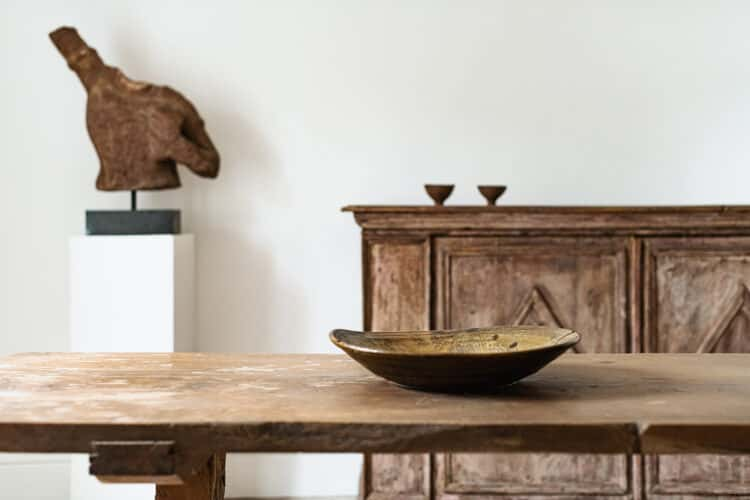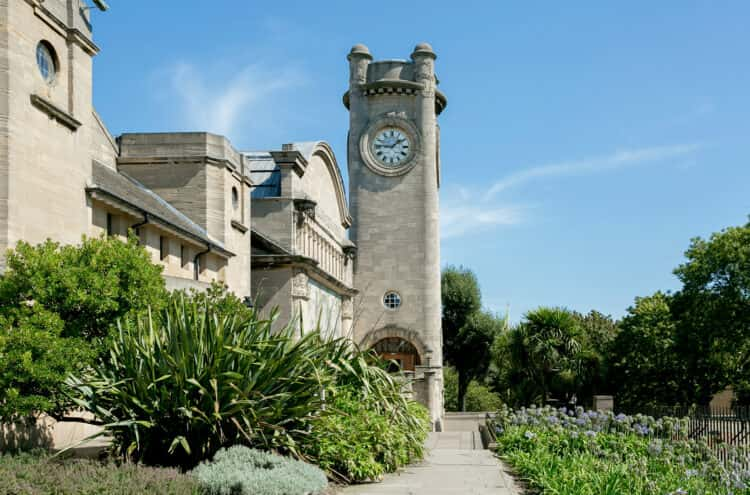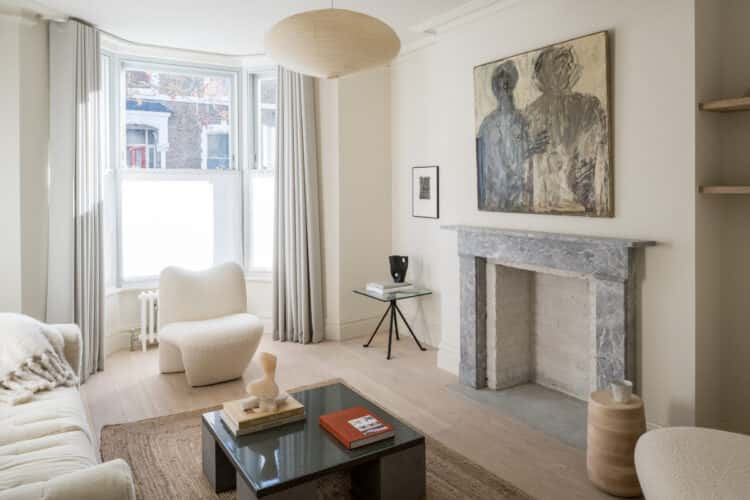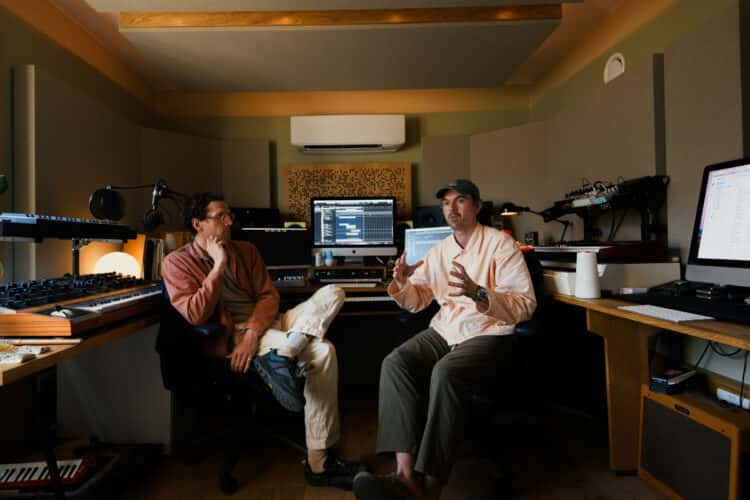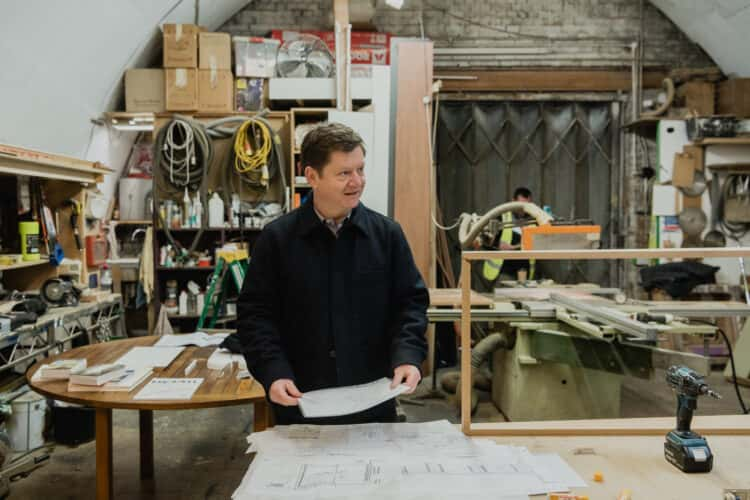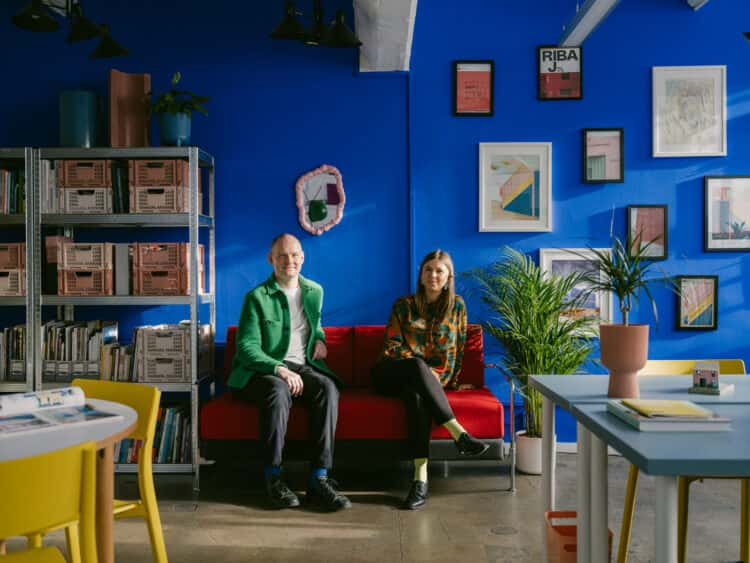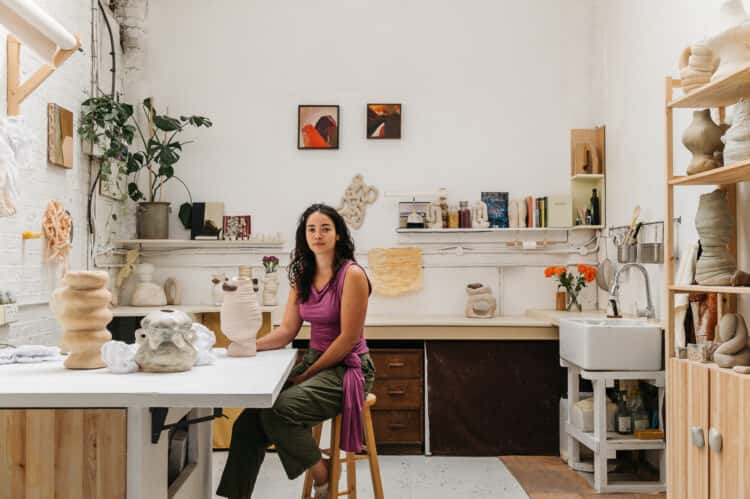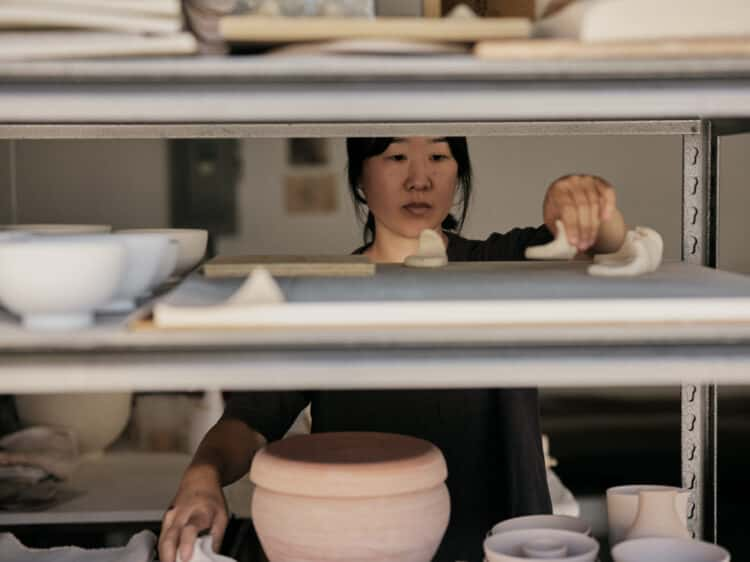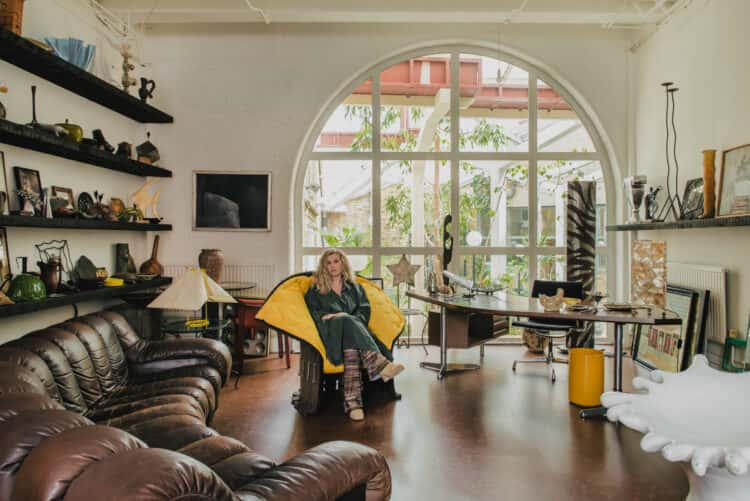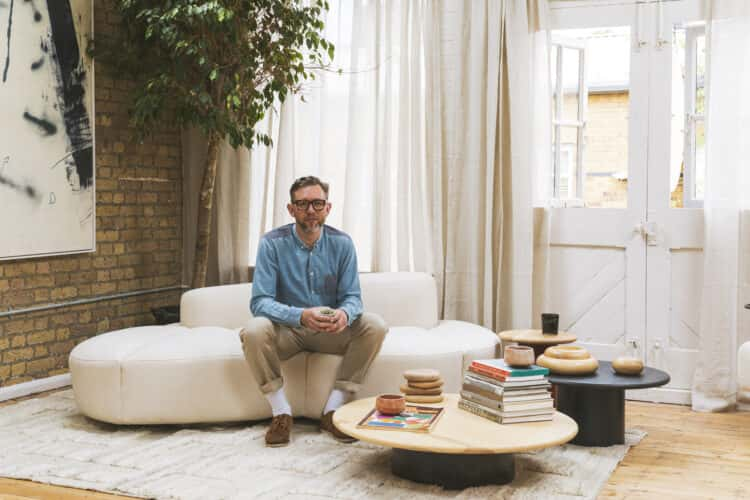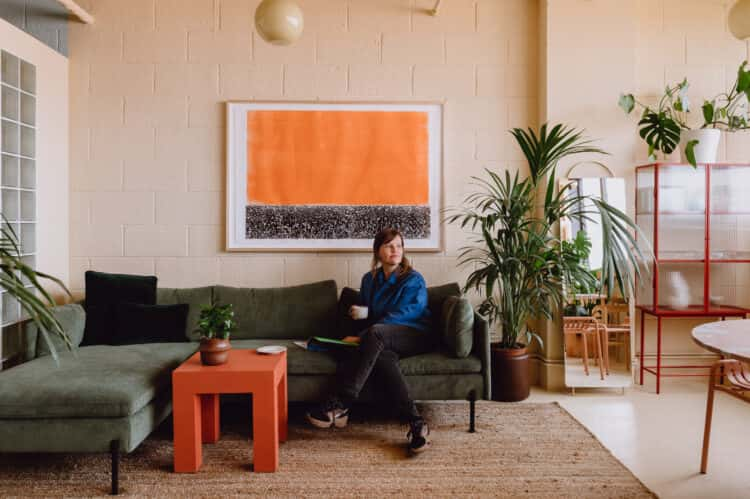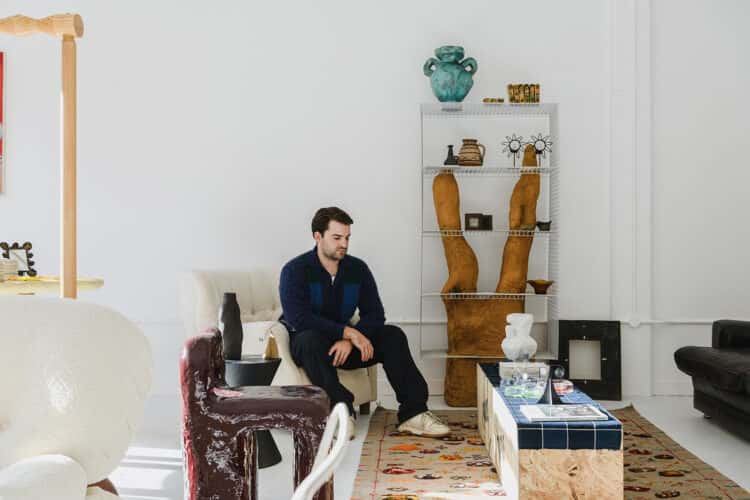Modernist furniture, abstract art and 1st-century antiques from around the world at Pep Boixader’s Gallery Br in Tetbury, the Cotswolds
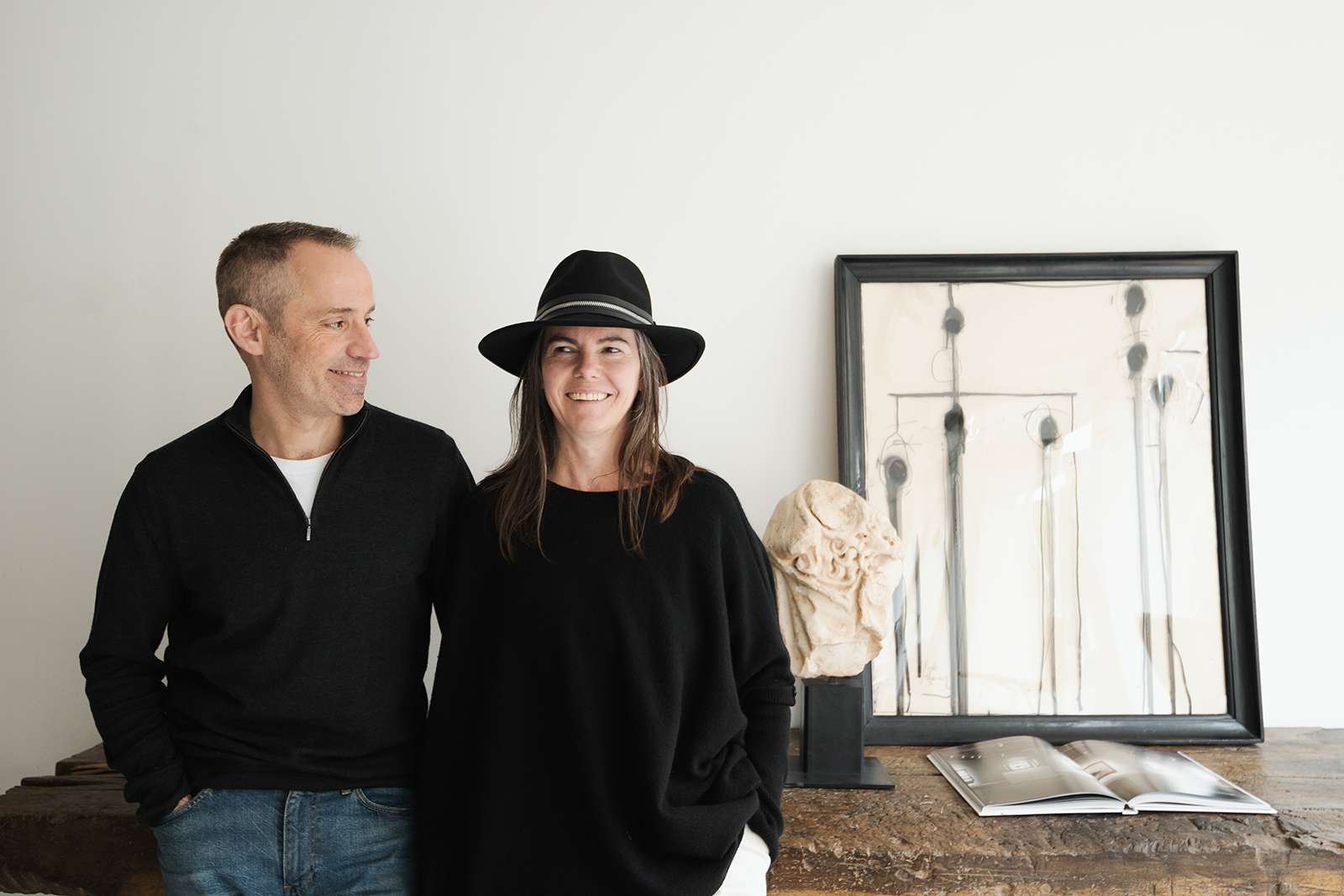
It was 2016 when Pep, his life and work partner Cuca Riera, and their three sons packed up their home in Spain and moved to the Cotswolds to start a new chapter for their then-18-year-old gallery and store. It was the landscape of the British rural countryside – an idyllic place for their children to grow up – and Tetbury’s growing art and antique scene that fuelled the move. With Pep’s family history rooted in antique dealing and Cuca’s expertise in art, having trained at the Barcelona School of Art and Design, they have sensitively curated a space based on the ‘less is more’ philosophy. Here, as they show us around, Pep tells us about his approach to curating design, the influence of tabula rasa and his favourite objects within the space.
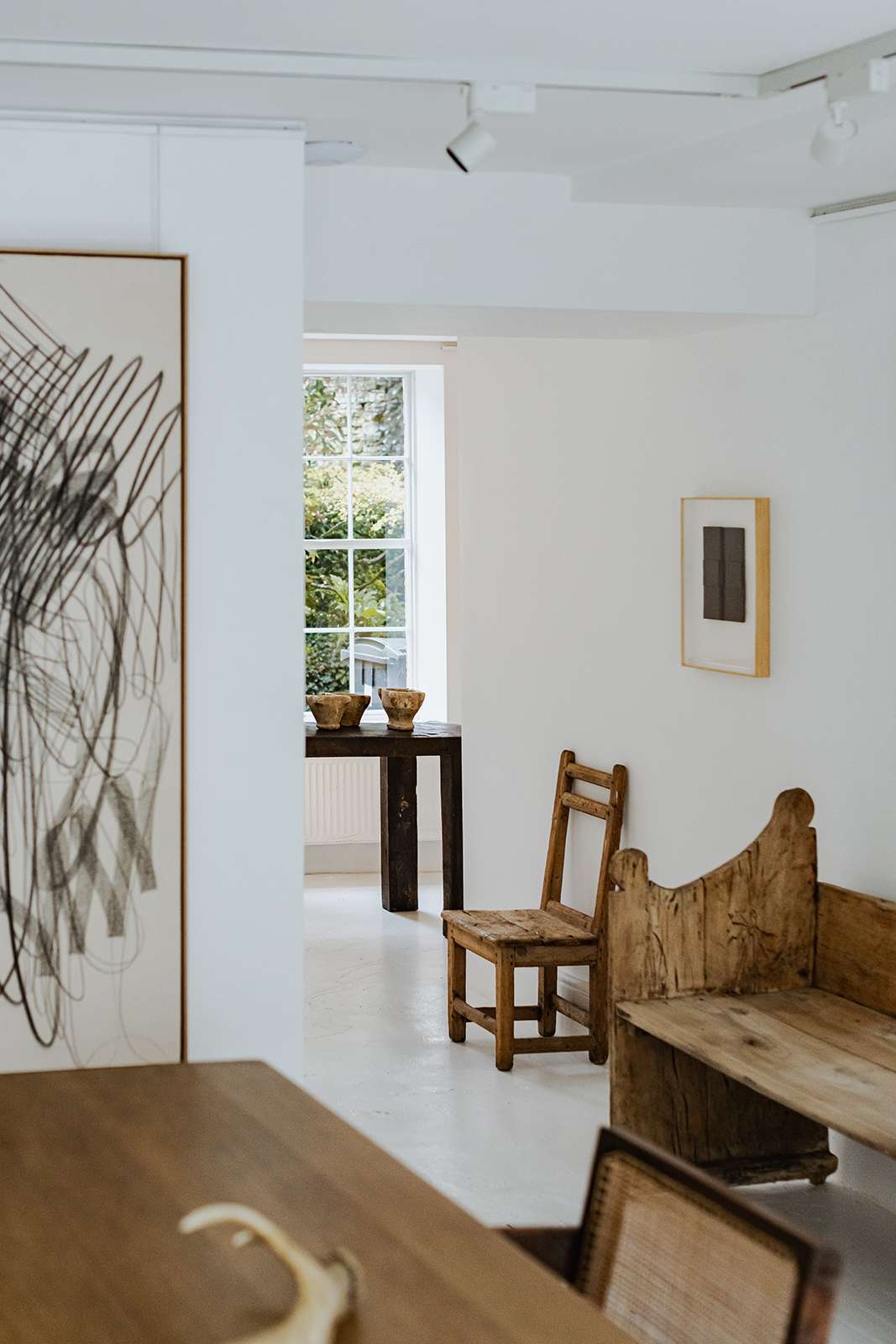
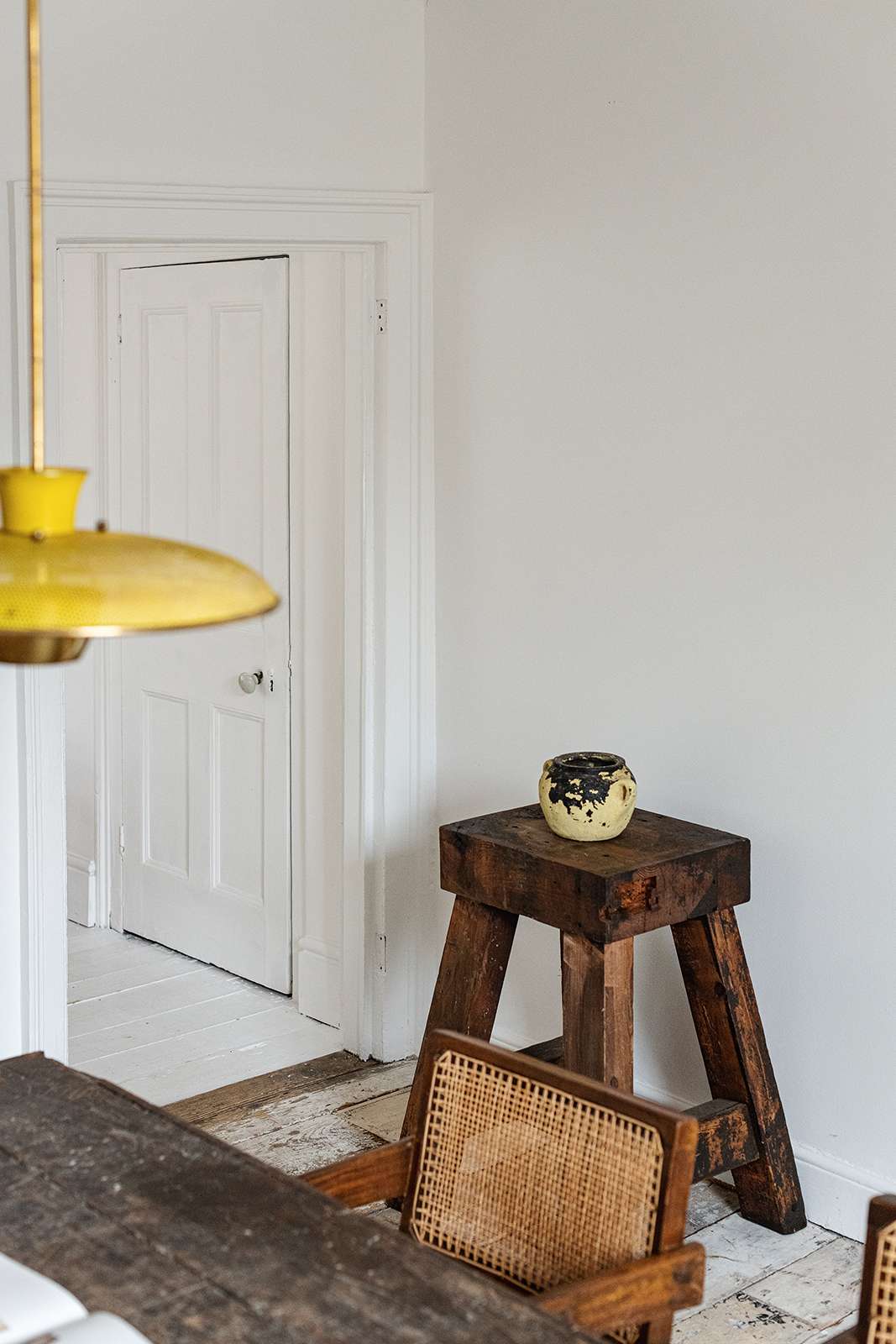
Pep: “A love of art and antiques is in my blood. My grandfather and father were both art dealers and collectors, so I have spent my whole life around these objects and that has really shaped the way I see the world. For me, art and antiques are a way of life. As it has such a long tradition in my family, it was natural that I would do the same.
“Cuca and I started our gallery business in Barcelona 23 years ago. After that, we moved to Madrid for six years, then in 2016, we moved our life to Tetbury in England. We were attracted by the expanding opportunities offered by the antiques and art world in the Cotswolds. We also wanted to raise our three boys in the UK. Briefly in Madrid, we solely focused on antiques but now we love the art and design element too. When we moved to the UK, we really tried to find a balance between each of the three categories.
“Our first space in Tetbury was really tiny, so when this gallery became available we took it up straight away. It has three floors, which is perfect. It meant we can easily adapt the space to our vision. It was in good condition, but we broke down the walls of the attic to make the space more open.
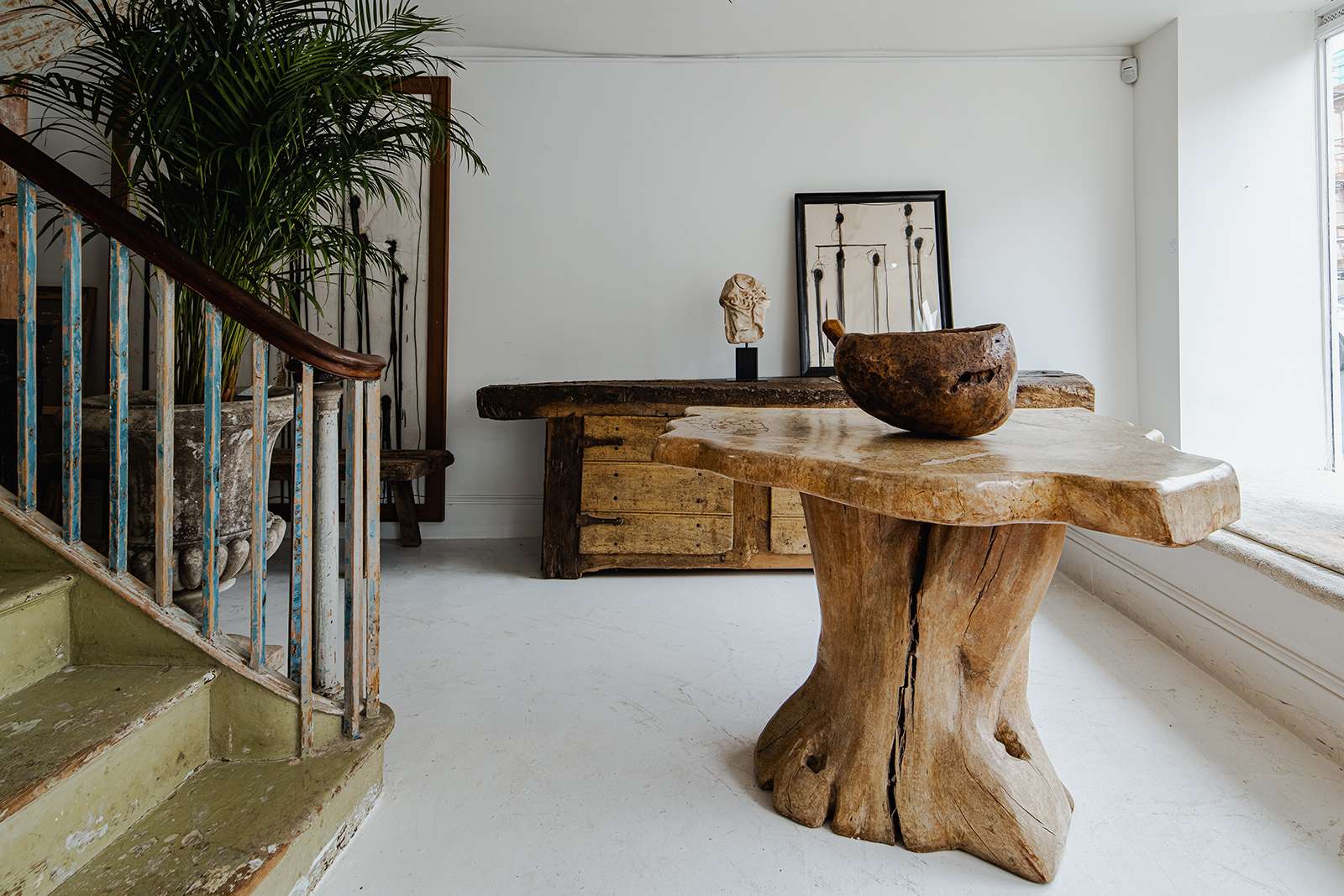
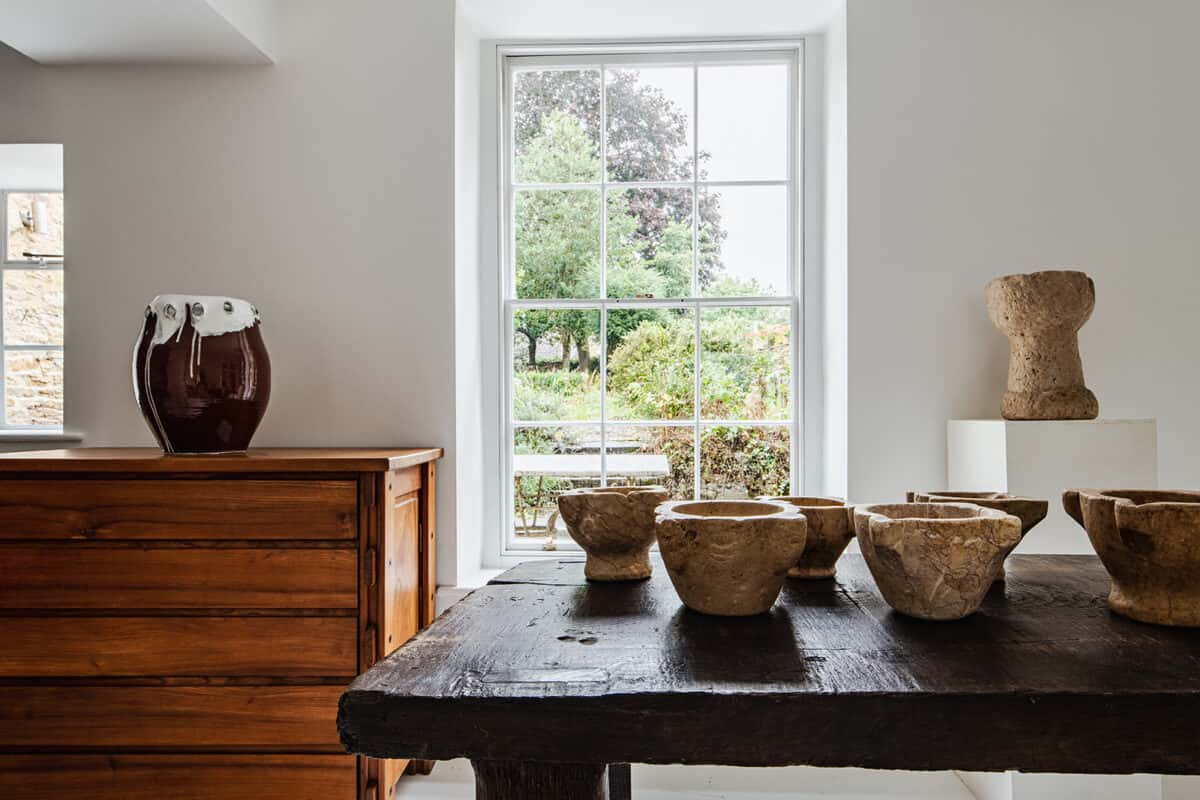

“We want to show contemporary art, antiques and design from different countries and artists of different ages in one united space. Cuca and I love the artists we are currently working with: a big Spanish artist called Jordi Alcaraz, and I’m introducing more Italian and English artists to the gallery as well.
“We find our art and antiques all over the world. We look for pieces in Spain, Italy and Belgium and we work very intimately with our suppliers. We are combining a big range of styles, where different pieces work together from different times. In the gallery, there might be a Roman sculpture, mid-century design, 17th-century French furniture or contemporary art. Our curation comes from a very personal point of view and is based on what we like. It looks easy but it’s difficult to unite all the different elements in one space.
“Cuca and I work so well as a team. She has a great eye for art and space – she also works as an interior designer. We only need a minute to decide whether we like a piece. We simply choose antiques and art based on our feelings. I’ll ask Cuca if she likes the piece and if we both say yes, we go ahead and source it for the gallery. It’s funny – we usually agree 90 per cent of the time. It makes the job a lot easier!
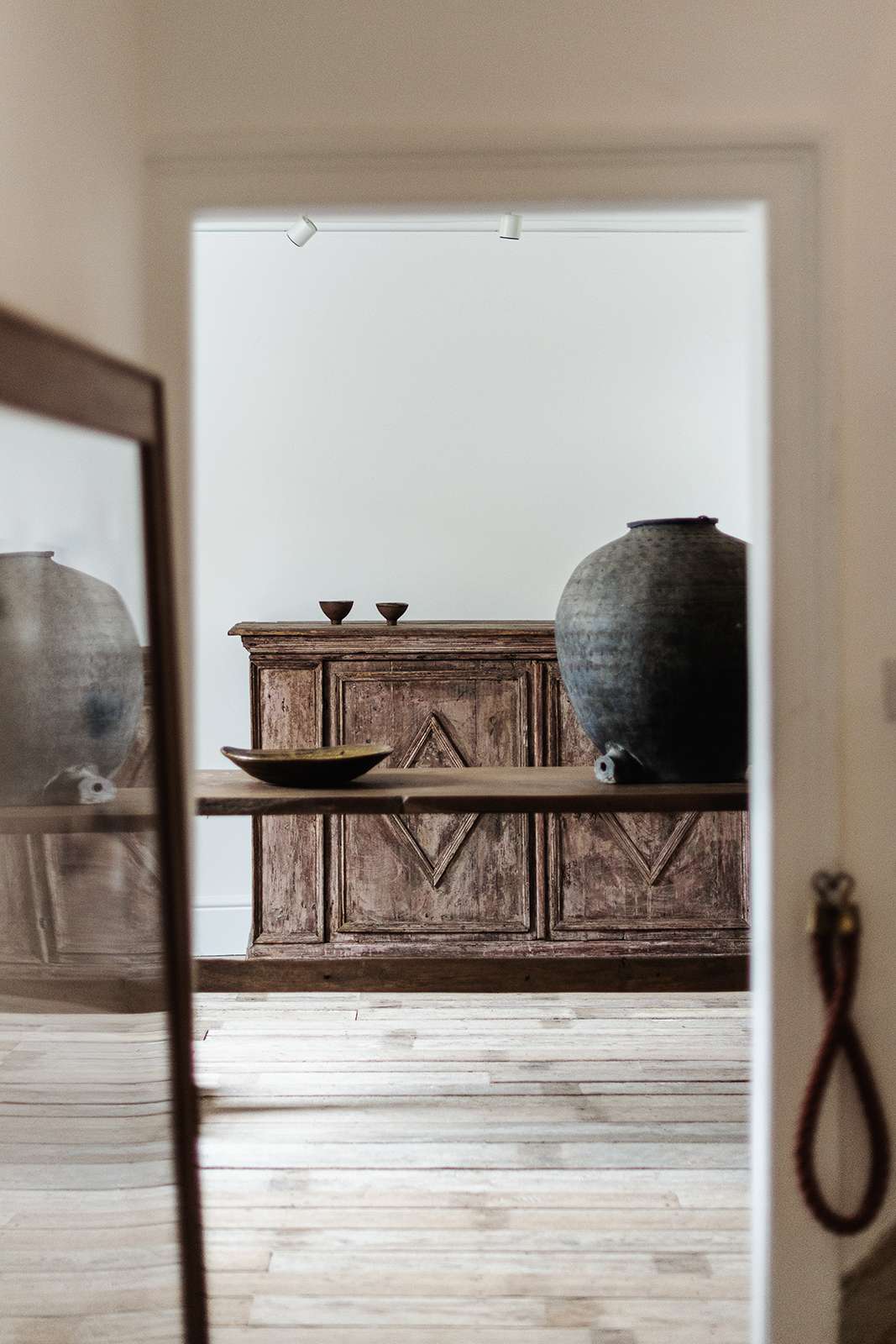
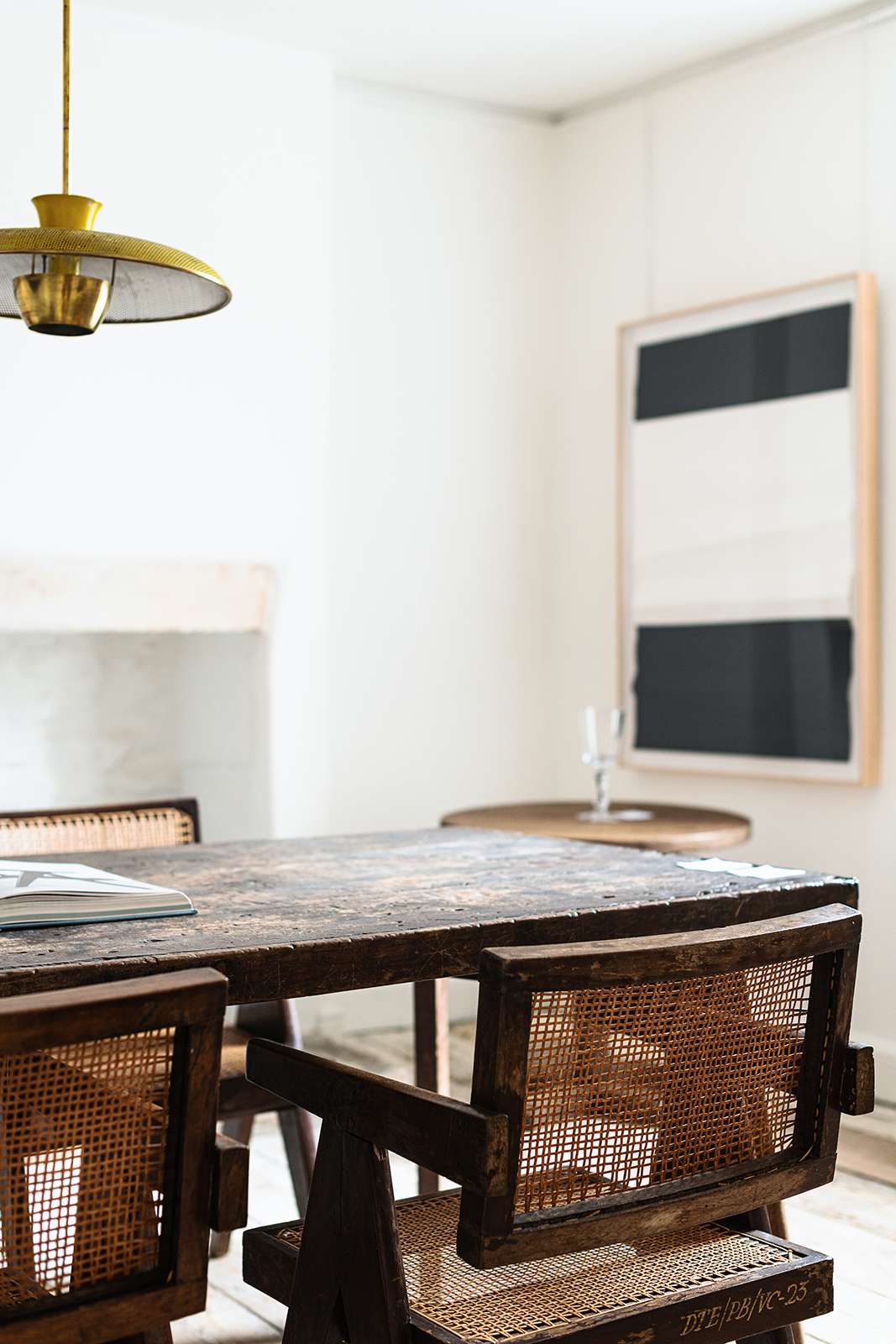
“Currently, my favourite pieces in the gallery are a Boscoe Sodi painting, an unusual Spanish 17th-century centrepiece table and a large mid-century daybed. These three are the most distinctive pieces.
“We organise the gallery space with a tabula rasa philosophy – tabula rasa meaning the chance of a fresh start. So, when new pieces come in, Cuca and I always start by placing them in an empty room. This allows us to play with possibilities. We introduce a single piece of furniture at a time, then add paintings and lighting until it all works together in unity. Sometimes we stop with just a single coffee table in the room; other times, we bring more pieces together.
“Once we have completed one room, we go into another room and repeat the process. Every room is unique and distinctive as a result. One might look more like a mid-century living room; another might resemble an antique shop space.
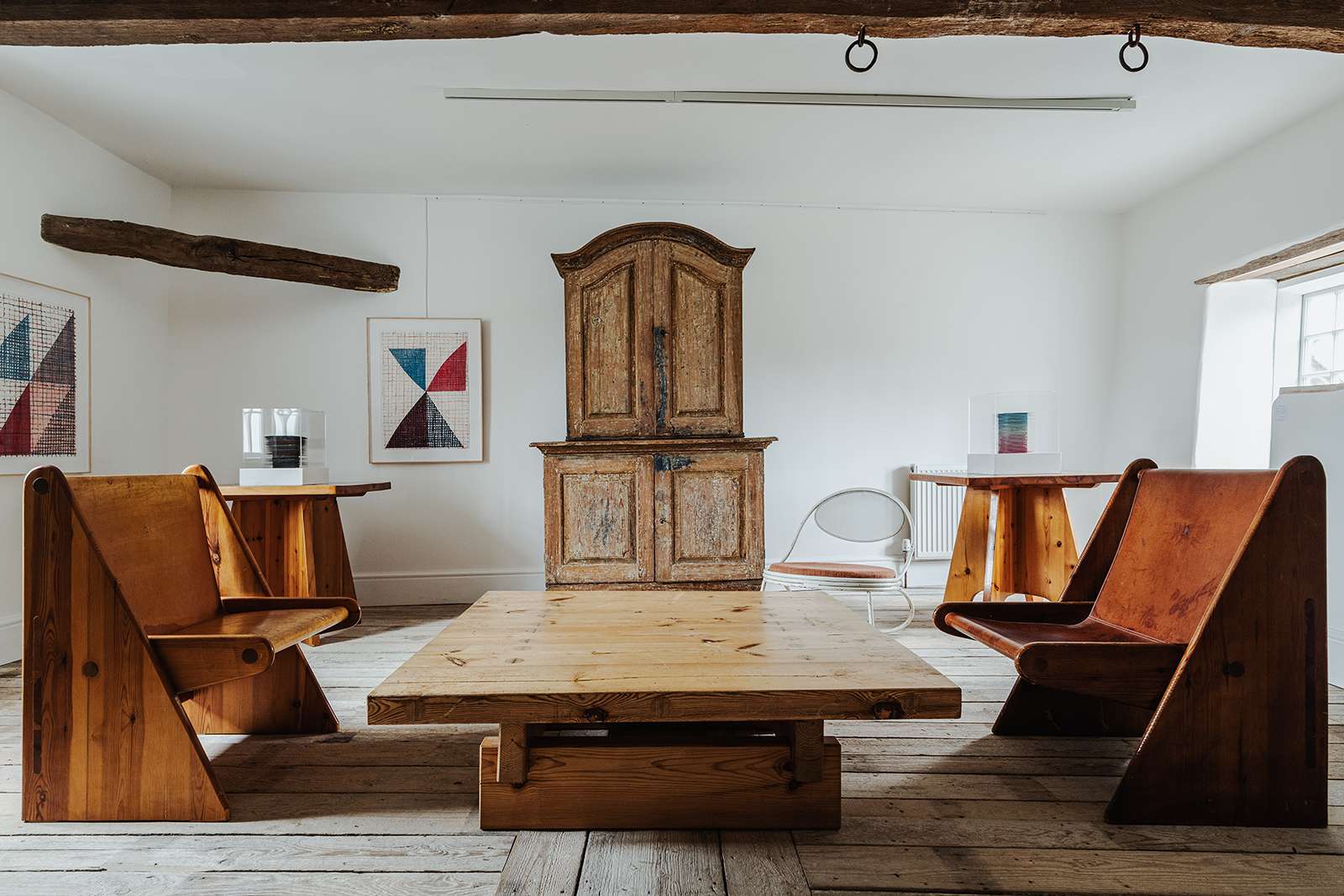
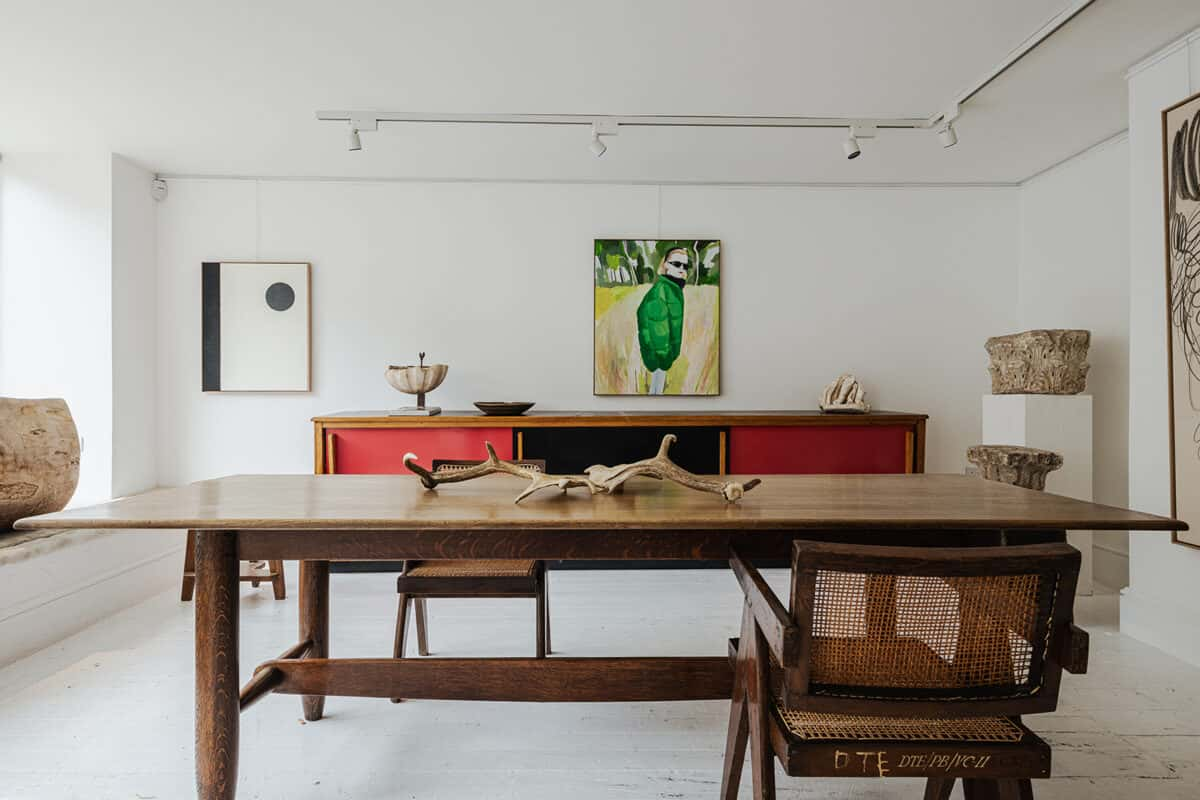
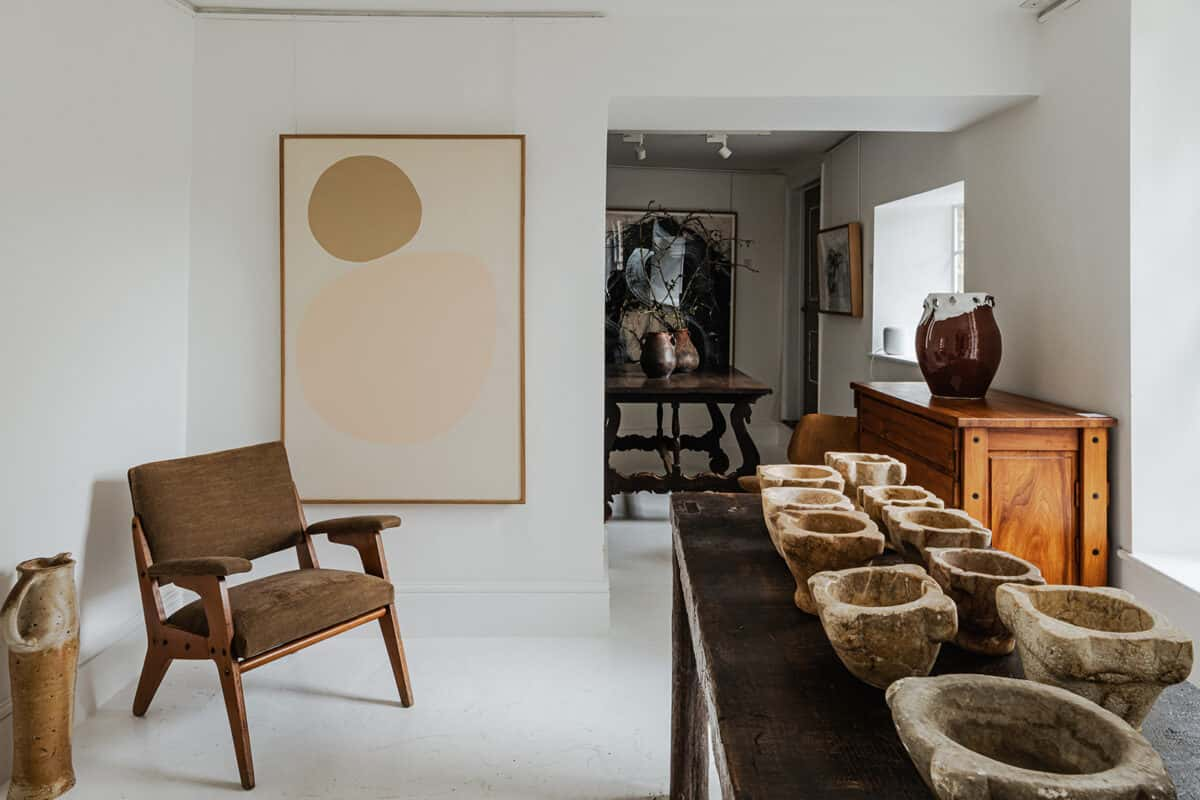
“Our aesthetic at Gallery Br is a mix but the leading principle is that less is more. For us, it’s all about the feeling; it’s much more about the way it makes you feel rather than what you see. Some galleries create a cold atmosphere through the austereness of the space. We’re trying to counter that. In our gallery, the door is always open. We like visitors to feel relaxed and calm. People can come in, walk around, touch the pieces, be more casual and meld in with the space. It’s a great atmosphere.
“My office is my favourite space in the gallery. It has high ceilings and looks out onto the garden. It’s where I keep all the pieces I don’t want to sell; the ones that I’m not ready to let go of yet. I love the table that I work on, the paintings on the wall – the pieces I’m around every day are my favourites. My home is also an extension of the gallery. It’s where we keep our private collection.
“We’ve set up the gallery in a way that allows individual pieces to stand out. I really love shops and galleries that decorate a room with one collection, but for us, it’s about sourcing individual pieces you truly love and making it part of the space. One piece can be good enough and make a difference – just one.”
